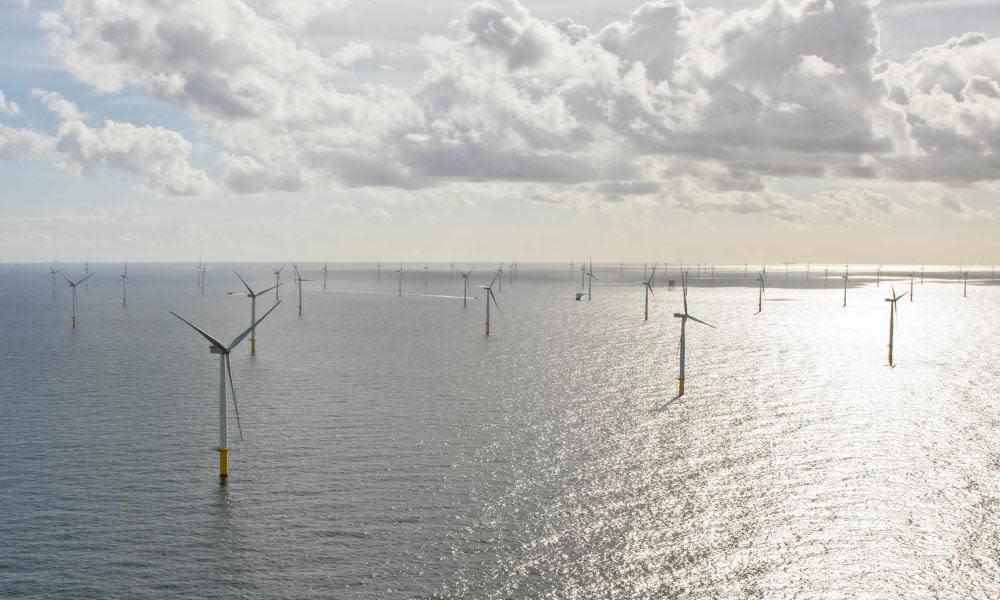Balancing out the lulls of wind power with a wider reach across Europe

Renewable energy is great in principle, but, some people may say, how do we keep the lights on when the wind fails to blow or the sun doesn’t shine? The issue of “intermittency” is a criticism of renewables, but a study analysing weather patterns across Europe shows that a decent wind is almost always blowing somewhere on the continent.
Most of Europe’s windfarms are positioned in the North Sea or around it. But when there is a lull in the westerlies coming from the Atlantic these turbines stand idle and other forms of power, such as fossil fuels, may be used to fill the energy gap.
But it need not be this way. Using 30 years of weather data from across Europe, Christian Grams, from ETH Zurich, and his colleagues, have shown that Europe has seven prevailing weather regimes.
Often these differing weather regimes create contrasting wind conditions across the continent, which could easily be exploited to balance out power demands.
For example a winter blocking pattern over northern Europe (where high pressure slackens the wind for days on end) is often balanced by increased wind speeds in surrounding areas. So, wind turbines in the Balkans, Greece, the western Mediterranean and northern Scandinavia all have great potential for filling the energy gap.
Solar power is more correlated across the continent, so less useful for balancing.
The research, published in Nature Climate Change, shows that planned wind power developments around the North Sea require 100GW (100 large power stations) to balance out fluctuations in the weather, but this could be reduced to just 20GW if a more distributed wind power system across the European continent were adopted.

 Yahoo News
Yahoo News 
